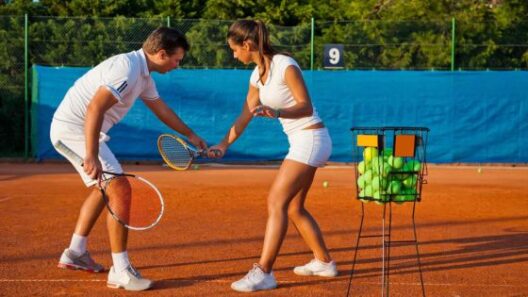Starting tennis as a beginner can feel overwhelming with all the rules, techniques, and equipment to learn. However, improving your game doesn’t have to be complicated. Focusing on mastering basic strokes, understanding the court, and building a consistent practice routine will help you improve faster and enjoy the game more.
You don’t need to be a pro to see progress quickly if you follow practical tips that emphasize enjoyment and gradual skill development. Learning the right techniques early and maintaining regular practice will keep you motivated and confident on the court.
Key Takeaways
- Focus on mastering fundamental skills to build a strong foundation.
- Understand key strategies to make your gameplay more effective.
- Establish a consistent practice habit to accelerate your improvement.
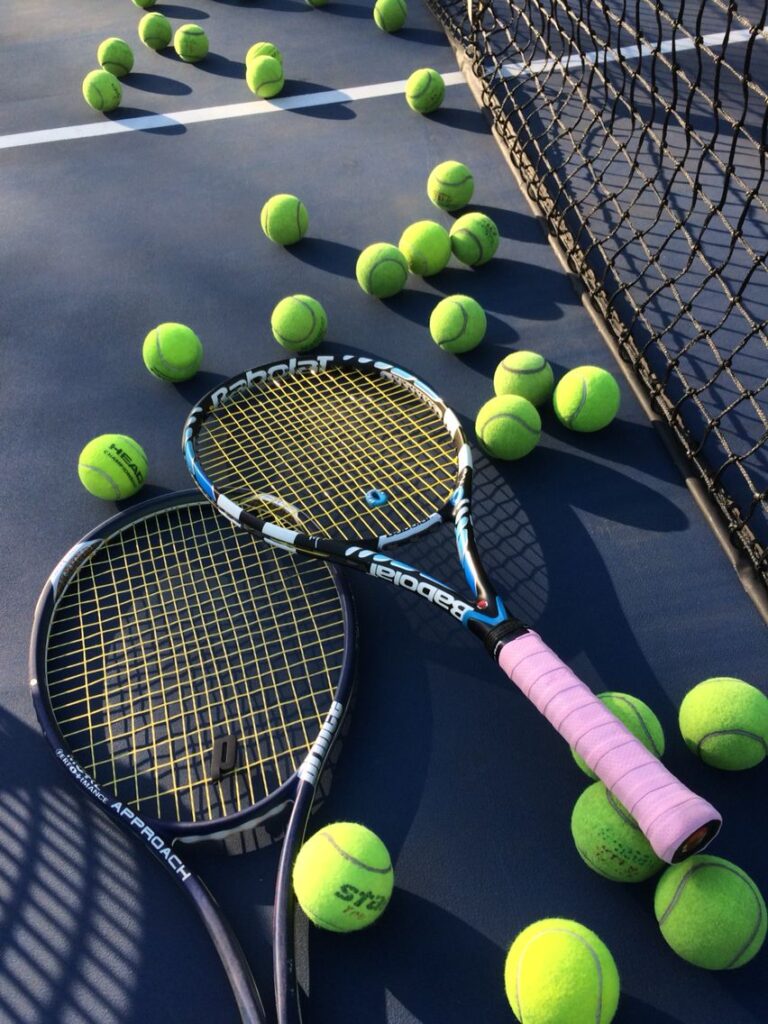
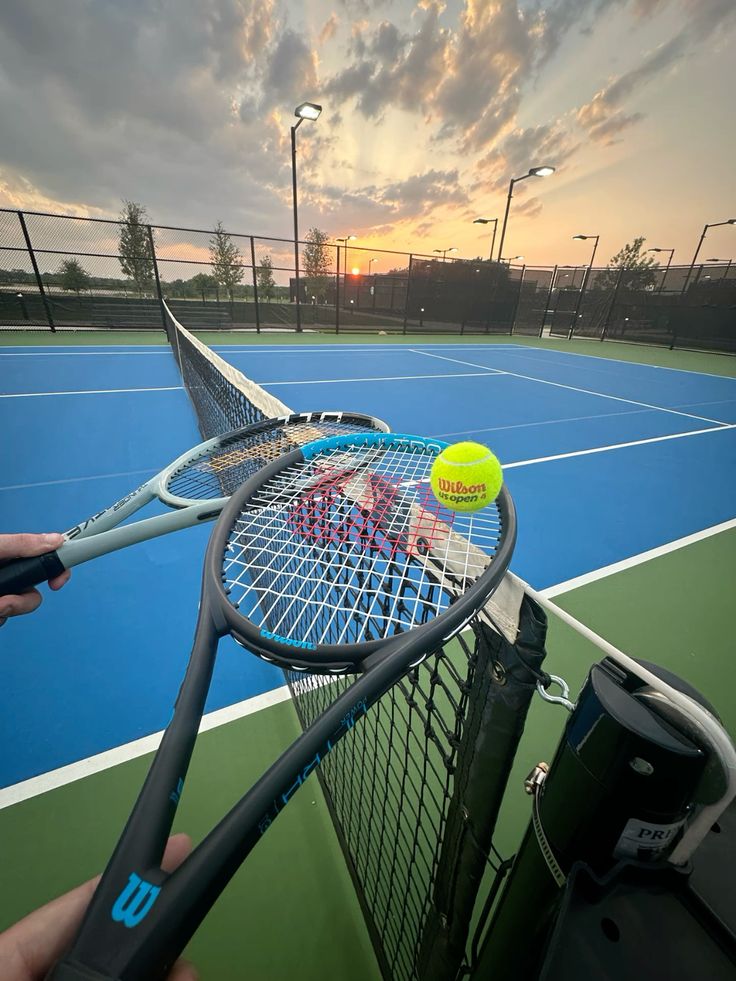
Essential Tennis Techniques
Mastering key techniques is vital for improving your gameplay and control on the court. Focus on how you grip the racquet, position your body, and execute shots to build a reliable and effective tennis foundation.
Proper Grip Types
Choosing the right grip impacts your shot accuracy and power. The Eastern grip is common for forehands, allowing a balance of control and spin. Position the base knuckle of your index finger on the third bevel of the racquet handle.
The Continental grip suits serves, volleys, and slices by offering versatility. Hold the racquet with your index knuckle on the second bevel, enabling quick transitions between shots.
For backhands, especially two-handed, your dominant hand usually uses an Eastern backhand grip, while the non-dominant hand uses a Continental grip. Experiment to find grips that feel natural but maintain control.
Correct Stance and Footwork
Your stance sets the stage for efficient movement and shot execution. The ready position involves feet shoulder-width apart, knees slightly bent, and weight on the balls of your feet.
For groundstrokes, use either an open stance for quicker recovery or a closed stance when you need more power and direction control.
Good footwork requires quick, small steps to adjust your body under the ball. Practice moving laterally and forward-backward with balance. Staying light on your feet helps maintain agility during rallies.
Basic Forehand and Backhand Strokes
A solid forehand and backhand are essential tools. For the forehand, turn your shoulders sideways, shift weight from your back foot to the front, and swing the racquet low to high with a relaxed grip. Finish with the racquet over your shoulder.
The backhand stroke can be one or two-handed. Keep your non-dominant hand on the handle for support if two-handed. Rotate your torso and push off with your back foot as you swing forward, maintaining stable wrists.
Focus on contact point in front of your body. Consistency beats power early in learning these strokes.
Serve Fundamentals
The serve starts every point and requires precision and rhythm. Begin with a relaxed grip using a Continental grip. Toss the ball slightly in front of you and just above your hitting shoulder.
Use a smooth upward swing, extending your arm fully at contact to generate power. Snap your wrist at the point of impact for added speed and spin.
Keep your eyes on the ball from toss to contact. Practicing toss placement and motion repetition helps achieve a reliable serve.
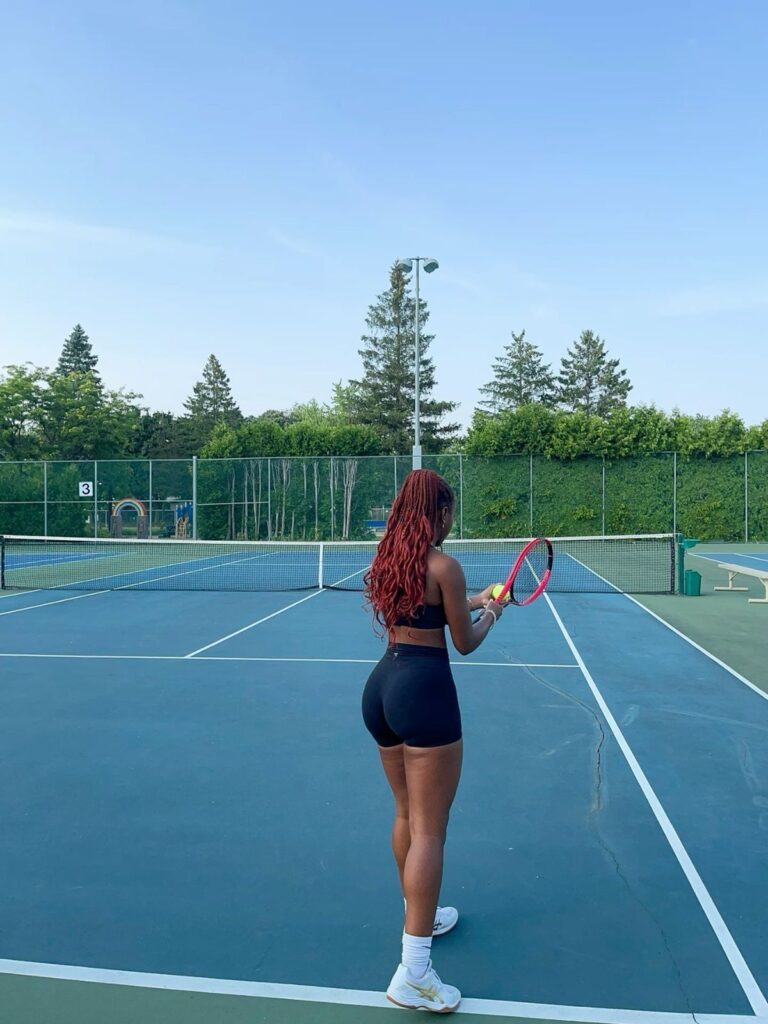
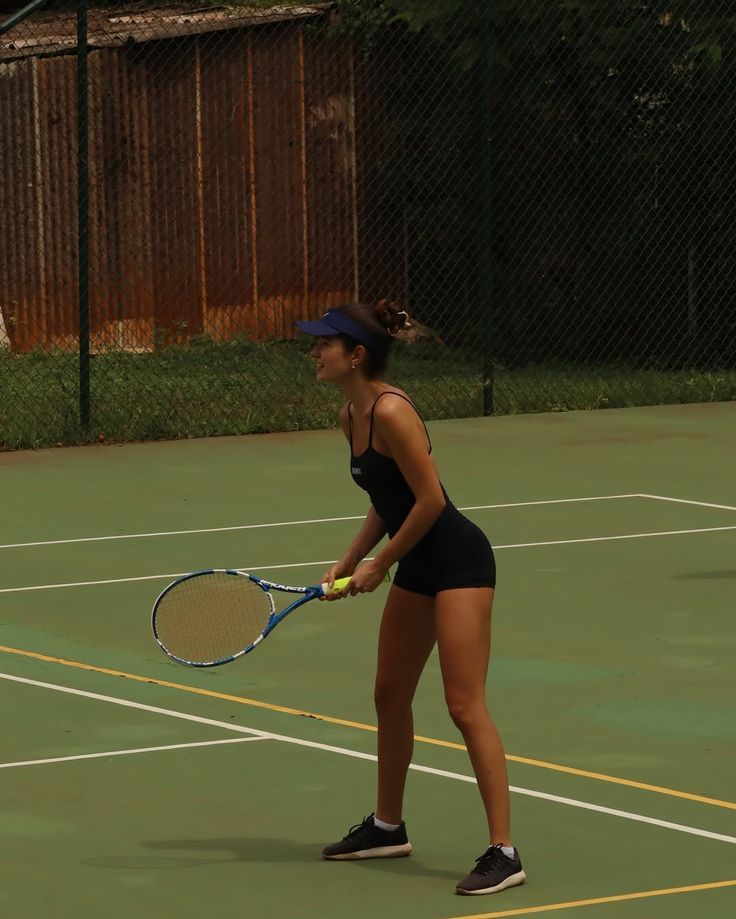
Key Strategies for Beginners
Mastering basic tennis strategies will improve your ability to control the game and react to different situations. Understanding where to position yourself on the court, when to play aggressively, and how to keep shots consistent are crucial to building your foundation.
Effective Court Positioning
You need to stay near the center of the baseline to cover the most court area efficiently. This positioning allows you to move quickly to either side and respond to your opponent’s shots.
When you approach the net, do so only when you have confidence in your volley skills to avoid being caught out of position. Practice moving forward after a strong approach shot to maintain pressure.
Always keep your feet active and stay balanced, so you can change direction smoothly. Proper positioning reduces the physical strain and helps you maintain control throughout rallies.
Choosing When to Attack or Defend
Knowing when to switch between attacking and defending depends largely on your opponent’s shot and your confidence. You should attack when you have an open angle or when your opponent sends a weak return.
Defend by staying patient and keeping the ball in play when your opponent hits powerful shots or targets your weaker side. Focus on returning the ball deep to keep them behind the baseline.
Use aggressive shots like drop shots or angled volleys sparingly. Timing and placement are more important at this stage than power.
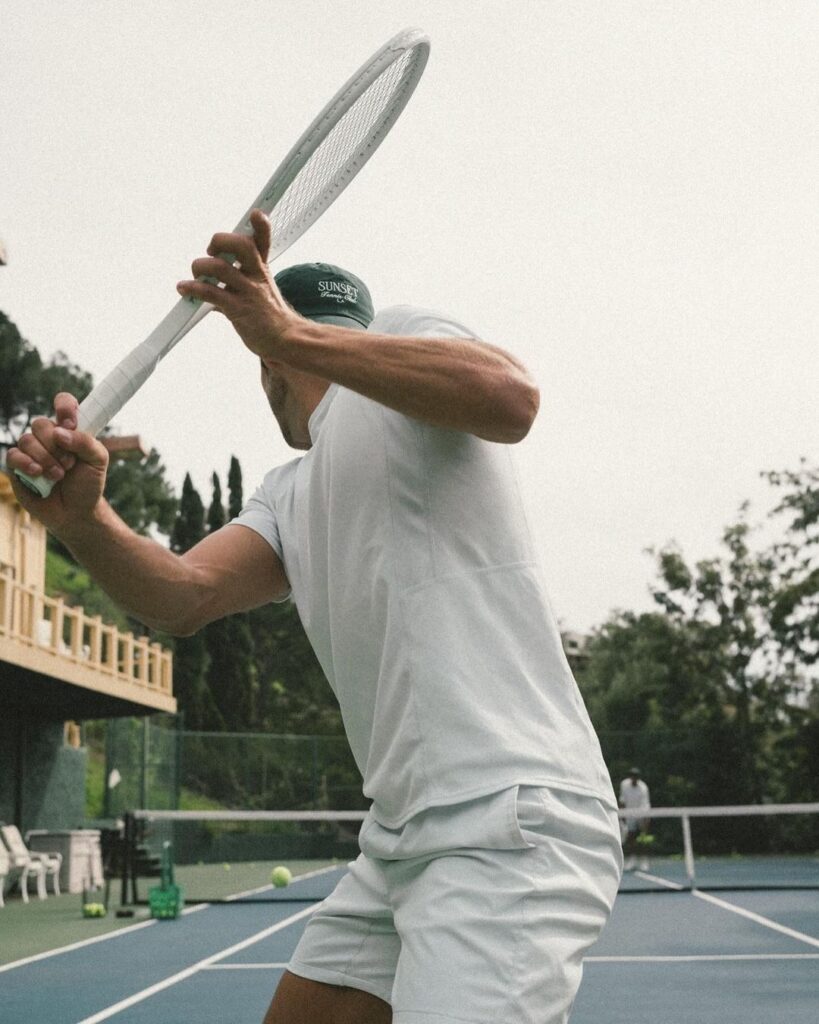
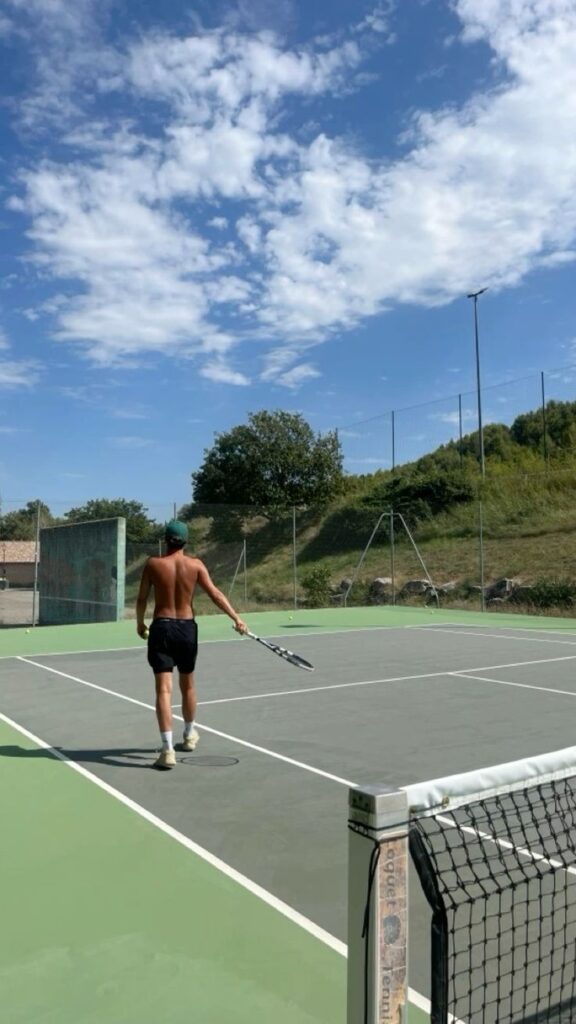
Maintaining Consistency
Focus on making clean contact with the ball by watching it closely from the toss or bounce until your racket hits it. Consistency grows from solid fundamentals and repetitive practice.
Develop a reliable serve and groundstrokes by swinging smoothly without rushing your shots. Avoid trying to hit winners on every shot; instead, aim to keep the ball in play.
Regularly practice your footwork drills and simple rally exercises. The more reliable your shots, the less you give your opponent a chance to score easily.
Building a Solid Practice Routine
Creating a focused practice routine helps you develop tennis skills steadily and keeps you motivated. You need exercises that target key techniques and a plan that drives measurable progress.
Drills for Skill Improvement
Start with drills that build fundamental skills like footwork, stroke consistency, and ball control. Focus on exercises such as:
- Shadow swings to refine your stroke mechanics without a ball.
- Wall rallies for improving timing and hand-eye coordination.
- Target practice using cones to work on shot accuracy.
Repetition is key; aim to dedicate specific time blocks to each drill. Practicing these regularly will improve your movement efficiency and shot precision.
Include drills that challenge your coordination and endurance but don’t overdo it to avoid injury. As you progress, increase drill difficulty by adding movement or speed.
Setting Realistic Goals
Set clear, achievable goals to track your improvement and stay motivated. Break your larger objectives into small, actionable targets.
Examples include:
- Hitting the ball inside a designated target zone consistently.
- Completing a set number of successful volleys without error.
- Improving your serve accuracy by a specific margin.
Use short-term goals to build confidence and long-term goals for overall development. Review and adjust your goals regularly to match your skill level and keep your practice purposeful.
Tracking your progress helps maintain focus and reveals areas that need more work. Write your goals down and celebrate milestones to stay committed.




